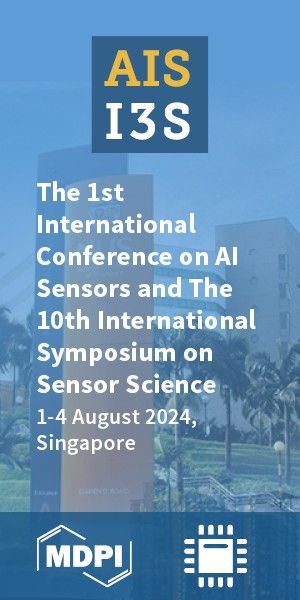Article
Version 1
Preserved in Portico This version is not peer-reviewed
Mafosfamide combine with GMI-HBVac against HBV via Treg depletion in HBV-infected mice
Version 1
: Received: 5 March 2023 / Approved: 6 March 2023 / Online: 6 March 2023 (03:37:38 CET)
A peer-reviewed article of this Preprint also exists.
Lin, Q.; Zhong, Y.; Wang, B. Mafosfamide Boosts GMI-HBVac against HBV via Treg Depletion in HBV-Infected Mice. Vaccines 2023, 11, 1026. Lin, Q.; Zhong, Y.; Wang, B. Mafosfamide Boosts GMI-HBVac against HBV via Treg Depletion in HBV-Infected Mice. Vaccines 2023, 11, 1026.
Abstract
Chronic hepatitis B infection remains a significant worldwide health burden, placing persons at risk for hepatocellular cancer and hepatic fibrosis. Chronic hepatitis B virus (CHB) infection is characterized by elevated levels of immunosuppressive regulatory T cells (Tregs), which can inhibit the function of effector T cells and lead to an insufficient immune clearance response against HBV in the host. Theoretically, suppression of Treg functionality and percentage could increase anti-HBV reactivity in CHB-infected patients, although this has not yet been explored. We attempted to enhance our previously established anti-CHB protocol utilizing the GM-CSF+IFN-α+rHBVvac regimen (GMI-HBVac) by incorporating Mafosfamide (MAF), which has been utilized in anticancer therapy in the past. Intravenous administration of MAF to rAAV8-1.3HBV-infected mice resulted in a dose-dependent reduction of Tregs in the blood, rebounding to pretreatment levels 10 days later. To determine the efficacy of anti-CHB, 2ug/ml MAF was combined with the GMI-HBVac in an HBV-infected animal model as an anti-Treg treatment. When rAAV8-1.3HBV-infected mice were immunized with MAF+GMI-HBVac, peripheral blood Tregs decreased significantly, leading to dendritic cell activation, HBV-specific T cell proliferation, and upregulation of IFN-gamma producing CD8+T cells. In addition, MAF+GMI-HBVac vaccination stimulates T cell infiltration in HBV-infected liver. These conditions may contribute to an enhanced immune response and the clearance of HBV-associated antigens, including serum HBsAg, serum HBcAg, and HBcAg+ hepatocytes. Overall, this is the first indication that MAF was utilized as an adjuvant to deplete Tregs and paired with GMI-HBVac as a unique therapeutic vaccine regimen against established CHB mice to produce a functional cure, as seen by the remarkable clearance of HBsAg.
Keywords
Chronic hepatitis B infection; Therapeutic vaccines; Regulatory T cells; Functional cure; GMI-HBVac; Mafosfamide
Subject
Biology and Life Sciences, Immunology and Microbiology
Copyright: This is an open access article distributed under the Creative Commons Attribution License which permits unrestricted use, distribution, and reproduction in any medium, provided the original work is properly cited.
Comments (0)
We encourage comments and feedback from a broad range of readers. See criteria for comments and our Diversity statement.
Leave a public commentSend a private comment to the author(s)
* All users must log in before leaving a comment






